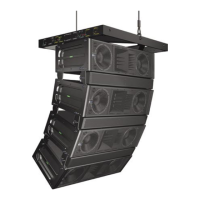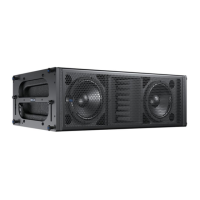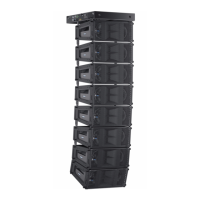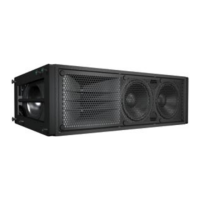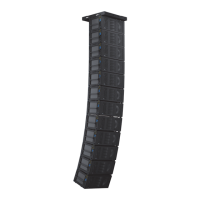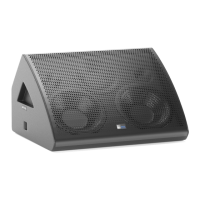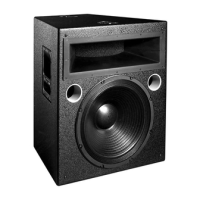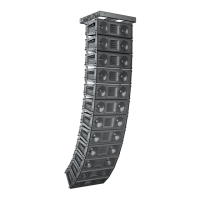1
INTRODUCTION
HOW TO USE THIS MANUAL
As you read this manual, you’ll nd gures and diagrams
to help you understand and visualize what you’re reading.
You’ll also nd numerous icons that serve as cues to ag
important information or warn you against improper or
potentially harmful activities. These icons include:
A NOTE identies an important or useful
piece of information relating to the topic
under discussion.
A TIP offers a helpful tip relevant to the topic
at hand.
A CAUTION gives notice that an action can
have serious consequences and could cause
harm to equipment or personnel, delays, or other
problems.
INTRODUCING MILO
The MILO high-power curvilinear array loudspeaker is
part of Meyer Sound’s M Series. Compact and lightweight
for a self-contained, self-powered four-way system,
MILO produces a robust peak output of 140 dB SPL
with exceptionally at phase and frequency response.
The wide operating frequency range (60 Hz to 18 kHz) is
complemented by extended high-frequency headroom,
while three dedicated transducers for the very high-
frequency band (4.2 kHz to 18 kHz) provide detailed
resolution of delicate transient information — even in very
long throw applications.
As part of the M Series family, MILO (Figure 1.1) supports
Meyer Sound’s exclusive RMS remote monitoring system,
utilizes QuickFly® rigging, and can be congured along with
other Meyer Sound loudspeakers in complex systems. The
weather-protected version of MILO includes comprehensive
weather protection to suit frequent use in inclement outdoor
applications as well as permanent installations.
Figure i.1: The MILO high-power curvilinear array loudspeaker
MILO can serve as the keystone component in scalable,
building block systems comprising any or all M Series
products (Figure i.2) and selected Concert Series models.
With compatible acoustical and performance characteristics
and dedicated QuickFly® rigging hardware, MILO and
the M Series can provide you with everything you need
to create systems for optimum performance in venues of
any size or shape. For example, MILO could be combined
with the M3D line array loudspeaker for very large venue
applications, or transitioned to M2D compact curvilinear
array loudspeakers for near eld coverage where
appropriate.
Figure i.2: MILO is easily deployed with other members of the M Series
family.
In addition, by integrating M3D-Sub directional subwoofers
(Figure i.3) with a MILO system (MILO and M3D/M3D-Sub
cabinets are identical in width), you can easily augment
bass power with real depth and extend low-frequency
bandwidth and headroom. Since the M3D-Sub employs
Meyer Sound’s proprietary low-frequency directional
control, you can congure arrays that steer bass energy
away from the area behind the array.
INTRODUCTION
